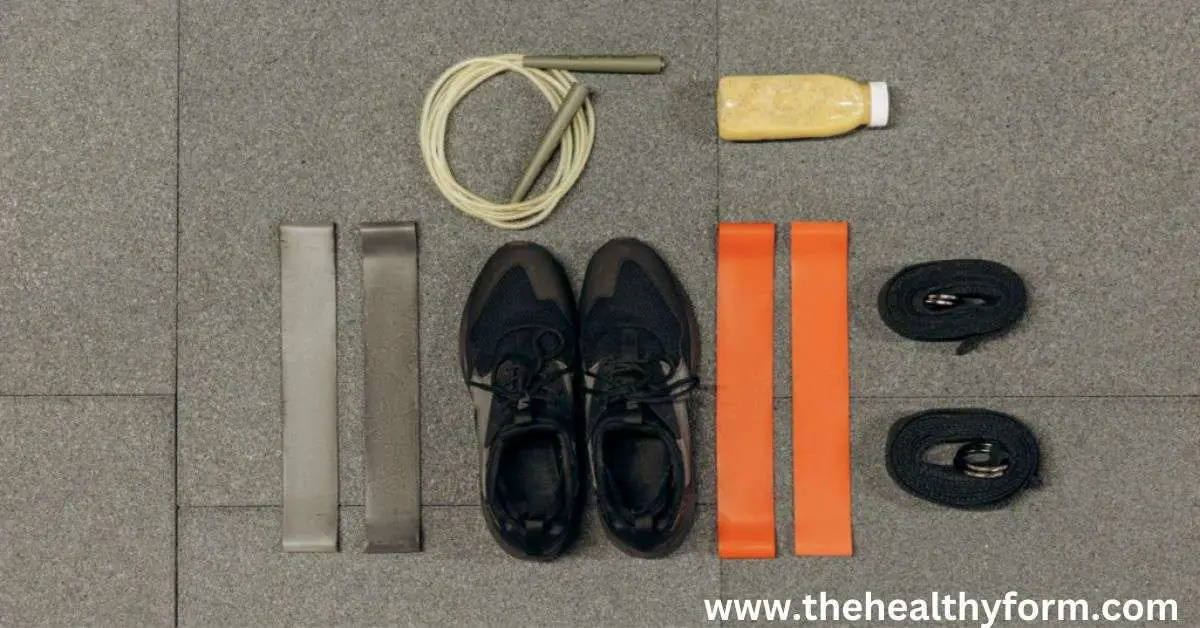What Are The Benefits Of Cardio Training?
Explore the benefits of cardio training and how it can improve your physical and mental health. Learn how regular cardiovascular exercise can boost heart health, increase endurance, and promote overall wellness. Cardio training, sometimes called cardiovascular training, is a form of exercise that increases heart rate while enhancing lung and heart health. Any fitness regimen must include cardio exercise since it provides several advantages for both physical and mental well-being. The numerous advantages of aerobic exercise will be covered in this article.

Improving Cardiovascular Health
Cardiovascular health includes the heart and circulatory system health, blood vessels and lungs. The primary benefit of cardio training, any exercise that increases heart rate and breathing rate, is that it improves cardiovascular health. When you exercise cardio, your heart beats faster, and your lungs work harder to supply oxygen to your muscles. This increased demand for oxygen strengthens the heart, lungs, and blood vessels, making them more efficient at delivering oxygen and nutrients to the body’s tissues.
Over time, regular cardio exercise can lead to a lower risk of heart disease and stroke. It can help reduce risk factors such as high blood pressure, high cholesterol, and obesity. Cardio exercise can also improve blood circulation throughout the body, which can help reduce the risk of blood clots and other circulatory problems.
Losing Weight
Cardio training is an exercise that concentrates on raising your heart rate and breathing rate. It can assist you in burning more calories than you take in, making it an efficient method for losing weight and burning body fat.
You can perform a variety of aerobic exercises; the key is to select one that you enjoy, and that fits into your lifestyle. Some examples are running, cycling, swimming, or using cardio machines like ellipticals or stair climbers.
You may increase your energy levels, improve cardiovascular health, and aid the body’s fat-burning process by including cardiac training in your fitness regimen. It’s important to remember that losing weight and achieving your fitness goals takes time, consistency, and dedication.

Improving Endurance
The ability of your body to maintain physical activity for a prolonged amount of time without becoming unduly exhausted or weak is referred to as endurance. It is crucial to physical fitness and can be enhanced through many types of training.
Enhancing endurance and stamina can be done by exercising cardiovascular or cardio. It entails doing physical activities like jogging, cycling, swimming, or brisk walking that increase your heart and breathing rates for an extended time. Your circulatory system becomes more effective at supplying your muscles with oxygen and nourishment while you exercise, allowing them to work more efficiently for longer periods.
Frequent aerobic workouts increase your endurance and stamina and simplify daily tasks like carrying groceries, climbing stairs, or playing with your kids. Also, it lowers your risk of developing certain illnesses, such as diabetes, obesity, and heart disease.
Start at a comfortable level and progressively raise the intensity and length of your workouts over time to maximize the benefits of your cardio training. Using a variety of aerobic exercises can assist in reducing boredom and enhance general fitness. Consistency is crucial.
Reducing Stress
Running, cycling, and swimming are exercises that raise your heart rate and force you to breathe more forcefully. Regular cardiac activity causes your body to release endorphins, which are feel-good brain chemicals that can help you cope with stress, worry, and depression. Because they can create sensations of pleasure and contentment, endorphins are commonly referred to as “feel-good” chemicals.
Cardio activity can enhance your mood and general well-being and generate endorphins. As a result, you may feel more at ease and relaxed. This is because it may help clear your thoughts, reduce muscle tension, and boost blood flow to your brain.
Improving Sleep
Any workout that increases your heart rate, such as jogging, cycling, or swimming, is called cardio training. It has been demonstrated that regular cardiac activity improves the quality of your sleep. According to studies, persons who frequently work out tend to get more deep sleep, which is the regenerating and relaxing phase of the sleep cycle. Also, they tend to sleep better at night and wake up less frequently, which might help them feel more rested and energized the next day. Many health advantages, including improved mood, lessened stress, and increased general well-being, can result from better sleep quality.
Types of Cardio Training
Exercises that elevate your heart and breathing rates for a sustained time are called cardio training, often known as cardiovascular or aerobic exercise. Cardio workouts may enhance your cardiovascular health, expand your lung capacity, lower stress, and speed up your metabolism, among other health advantages.
Running, jogging, and sprinting are excellent cardio exercises that may be performed on a treadmill outside in a park or on a track. They are fantastic for increasing stamina, enhancing heart health, and burning calories.
Cycling is a fantastic low-impact cardio exercise that may be performed on a road or path outside or inside on a stationary cycle.
It is a powerful approach to toning your legs, enhancing the health of your cardiovascular system, and expanding calories.
You can row inside on a rowing machine or outside on a lake or river, and it’s a great full-body aerobic workout. It bolsters your upper body, core, and legs while also giving you a challenging cardiovascular exercise.
Swimming and water aerobics are great, low-impact exercises for the heart that are gentle on the joints. They are fantastic for increasing endurance, enhancing cardiovascular health, and burning calories.
High-intensity interval training (HIIT) includes switching between vigorous activity and rest periods. Running, cycling, jumping jacks, and burpees are just a few examples of activities that may be used for this type of aerobic training.
Dance-based cardio classes like Zumba and aerobics are entertaining and helpful for raising your heart rate and being enjoyable. Dance routines and cheerful music are used in these programs to provide a pleasant and effective workout that can enhance cardiovascular health and burn calories.
Ultimately, there are several cardiac exercise options, so choosing one that you love and fits into your lifestyle is important. Cardiovascular exercise has several advantages for your general well-being and may help you get healthier and fitter. It can also be incorporated into your regular workout regimen.

FAQ about What Are The Benefits Of Cardio Training?
Here are some of the most common questions people have about the benefits of cardio training:
What is cardio training?
Cardio training, or cardiovascular or aerobic training, is any exercise that raises your heart rate and increases oxygen flow.
What are the benefits of cardio training?
Cardio training offers numerous benefits for your overall health and well-being. Some of the most notable benefits include improved heart health, increased endurance and stamina, weight loss, stress relief, better sleep, and improved mental health.
How does cardio training improve heart health?
Cardio training strengthens your heart and cardiovascular system by increasing blood flow and muscle oxygen. Over time, this can lead to a lower resting heart rate, improved blood pressure, and reduced risk of heart disease.
Can cardio training help with weight loss?
Cardio training is a highly effective way to burn calories and lose weight. Raising your heart rate and engaging in moderate to intense physical activity can burn many calories and increase your metabolism.
What types of exercises qualify as cardio training?
Any exercise that raises your heart rate and increases oxygen flow can be considered cardio training. Some common examples include running, cycling, swimming, dancing, and HIIT (high-intensity interval training) workouts.
How often should I do cardio training?
The American Heart Association recommends at least 150 minutes of moderate-intensity aerobic exercise per week or 75 minutes of vigorous-intensity aerobic exercise per week for adults. This can be spread out over several days, and finding a routine that works for you is important.
Conclusion
Cardio training is essential to any fitness routine and has many benefits for physical and mental health. Regular cardio exercise can improve cardiovascular health, aid in weight loss, increase endurance and stamina, reduce stress, improve sleep, and improve overall mood and well-being. There are many different types of cardio training to choose from, and it’s important to find one that you enjoy and that fits into your lifestyle. It’s also essential to consult a healthcare provider before starting any new exercise program. Regular cardio training is a simple yet effective way to improve overall health and well-being.





